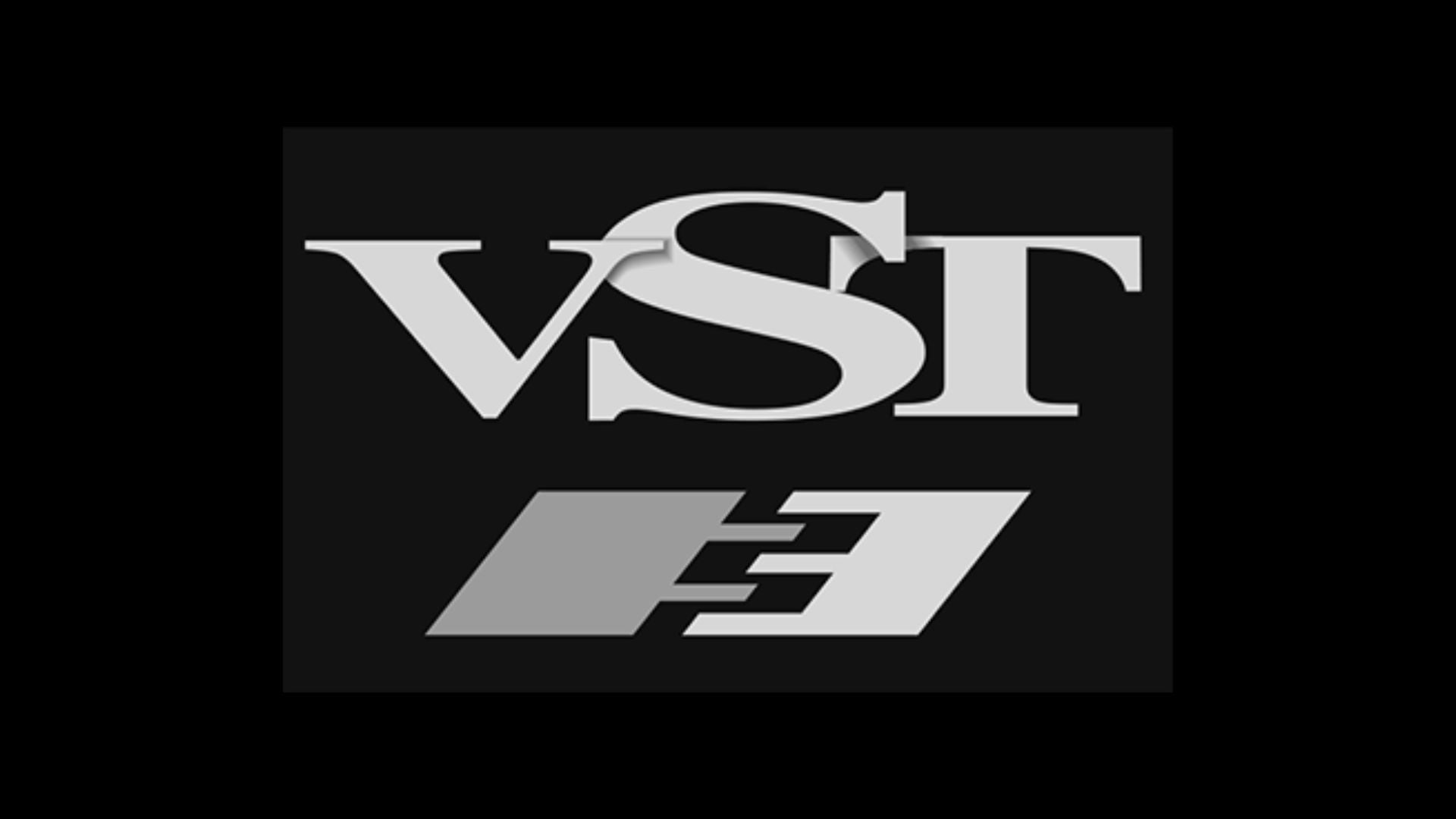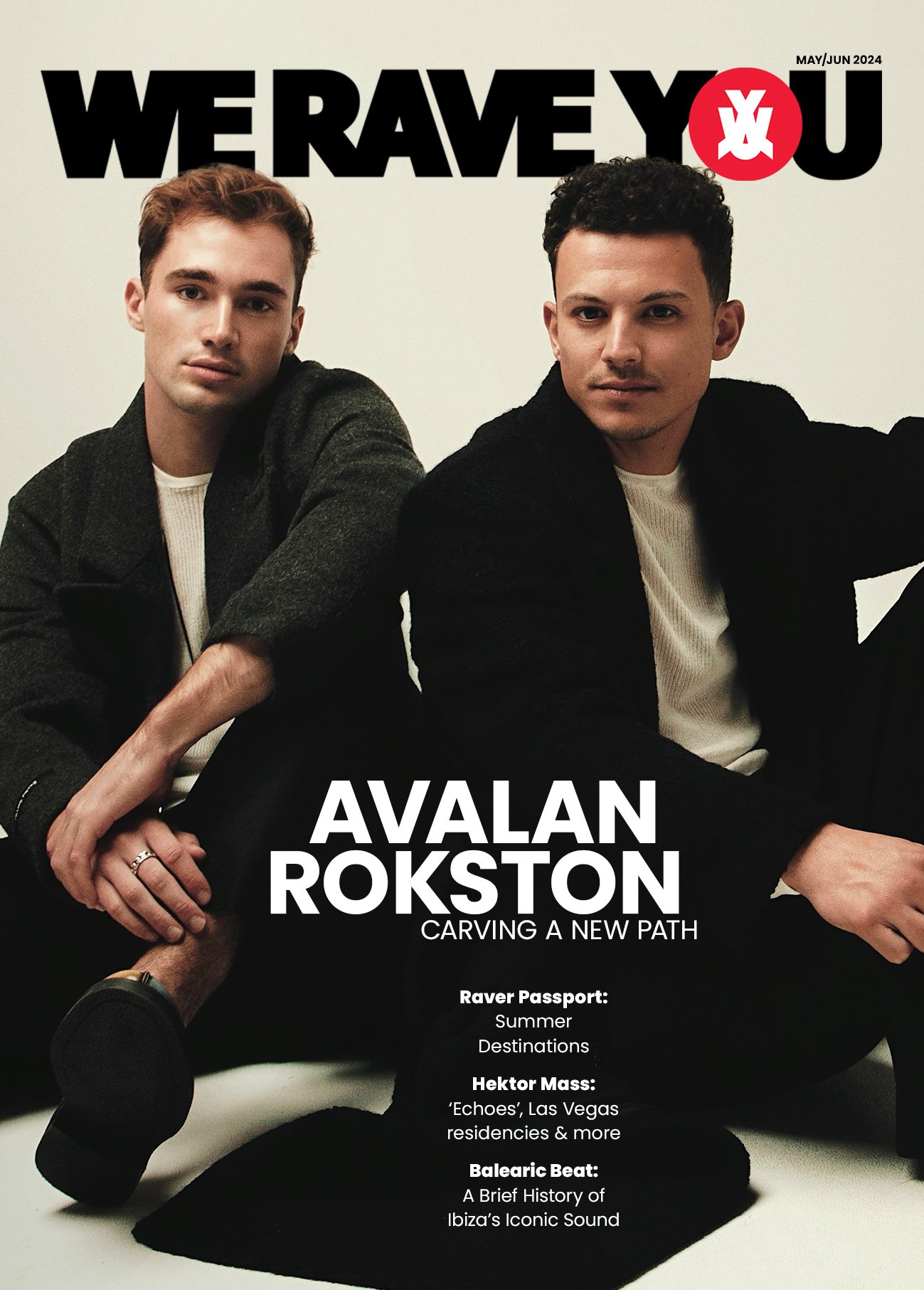

What is Virtual Studio Technology?
Virtual Studio Technology (VST), a groundbreaking innovation introduced by Steinberg in 1996, has revolutionized the music industry. With the release of Cubase 3.02, Steinberg unveiled VST, a protocol that allows Digital Audio Workstations to utilize software emulations of studio hardware, enabling the creation of a complete studio within a software environment.
This digital transformation, once unimaginable in the gear-dependent industry of the late 1990s, has profoundly impacted music production. Remarkably, 26 years after its introduction, the VST market stood at US$ 1054 million in 2022 and is projected to experience substantial growth, reaching US$ 2840 million by 2029 with a staggering Compound Annual Growth Rate (CAGR) of 15.20%.
What was the first VST Instrument ever?
Steinberg pioneered the VST revolution with the release of NEON, the first available VST Instrument, in July 1999 alongside Cubase 3.7. Although not the inaugural software synthesizer, NEON holds the distinction of being the first synthesizer developed adhering to Steinberg’s VST standards. This polyphonic synth boasted features such as two oscillators, ADSR envelopes, an LFO, and a resonant filter. While NEON paved the way for VST Instruments, Steinberg’s initial VST format offerings were effect plugins, including Espacial (a reverb), Choirus (a chorus effect), Stereo Echo, and Auto-Panner.
Notably, NEON is now available as a free download, a testament to its historical significance in the evolution of virtual studio technology.

Current scenario
Virtual Studio Technology has undergone significant evolution since its inception, culminating in the release of VST 3.5 in 2011. This latest version is designed to efficiently utilize CPU resources during audio processing. Notably, VST 3.5 introduced Note Expression, allowing individual notes within a polyphonic arrangement to contain extensive articulation information. Additionally, VST plugins now seamlessly process audio in 64-bit, enabling multiple MIDI inputs and outputs.
Since the introduction of VST, numerous third-party developers have leveraged this technology to create software effects and synthesizers. According to a report by ProducerSources, some of the most prominent players currently dominating the Virtual Studio Technology space are:
12. Soundtoys
Founded: 1996
Headquarters: Burlington, VT, USA
Employees: 15
Annual Revenue: $12 million
11. Brainworx
Founded: 1999
Headquarters: Leverkusen, Germany
Employees: 21
Annual Revenue: $4 million
10. FabFilter
Founded: Early 2000s
Headquarters: Amsterdam, Netherlands
Employees: 24
Annual Revenue: $4 million
9. Slate Digital
Founded: 2008
Headquarters: Los Angeles, CA, USA
Employees: 33
Annual Revenue: $6 million
8. Voxengo
Founded: 2002
Headquarters: Syktyvkar, Russia
Employees: 34
Annual Revenue: $6 million
7. Softube
Founded: 2003
Headquarters: Linköping, Sweden
Employees: 40
Annual Revenue: $7 million
6. Eventide
Founded: 1971
Headquarters: Little Ferry, NJ, USA
Employees: 160
Annual Revenue: $19 million
5. Waves Audio
Founded: 1992
Headquarters: Listed in Knoxville, TN, USA, but main office is in Tel Aviv, Israel
Employees: 110
Annual Revenue: $21 million
4. iZotope
Founded: 2001
Headquarters: Cambridge, MA, USA
Employees: 173
Annual Revenue: $25
3. Universal Audio
Founded: 1958
Headquarters: Scotts Valley, CA, USA
Employees: 266
Annual Revenue: $26 million
2. Arturia
Founded: 1999
Headquarters: Montbonnot-Saint-Martin, France
Employees: 74
Annual Revenue: $35 million
1. Native Instruments
Founded: 1999
Headquarters: Berlin, Germany
Employees: 400
Annual Revenue: $78 million
In a significant development, a merger between Native Instruments, iZotope, Brainworx, and Plugin Alliance formed Soundwide, potentially surpassing all other Virtual Studio Technology developers in terms of revenue. This consolidation of leading companies in the field has created a formidable force in the VST market. However, established names like Roland and Yamaha, primarily known for their gear manufacturing, also actively develop plugins, further diversifying the landscape. While these hardware giants have a strong presence in the VST arena, the formation of Soundwide represents a strategic move to consolidate resources and expertise, potentially redefining the dynamics of the virtual studio technology industry.
Most Popular VST plugins
While there is no official data available as to which plugins have been downloaded the most, a recent survey conducted by Strawpoll indicates Xfer Serum is the most popular VST, followed by Massive by Native Instruments and Sylenth1 by Lennar Digital.
Similar Technologies
While Virtual Studio Technology (VST) has become the industry standard for music software development, there are other prominent technologies that offer similar infrastructure. Two notable alternatives include Audio Units (AU) format and Avid Audio extension.
Audio Units (AU), developed by Core Audio for Apple’s macOS and iOS operating systems, provides a plugin architecture tailored specifically for these platforms. This technology allows developers to create audio processing tools and instruments that seamlessly integrate with Apple’s ecosystem.
Another contender in the field is Avid Audio extension, introduced by Avid Technology, known for their widely-used Digital Audio Workstation, Pro Tools. This proprietary format enables the development of plugins and virtual instruments specifically designed for Avid’s software suite, catering to the preferences and requirements of their user base. Notable competitors to Virtual Studio Technology:
- Apple‘s Audio Units
- Digidesign‘s Real Time AudioSuite
- LADSPA, DSSI for Linux
- LV2, a cross-platform, open source, liberally licensed audio plugin standard
- Microsoft‘s DirectX plugin
- Mark of the Unicorn‘s Motu Audio System
- JACK Audio Connection Kit, an open-source sound server allowing flexible audio routing between apps
- CLever Audio Plug-in (CLAP), a MIT-licensed alternative to VST3
Kali Audio LP-UNF Giveaway
1 Winner will get Kali Audio LP-UNF speakers. All you need to is enter your first name, last name and email address.
Tags: Virtual Studio Technology, What is VST, Who made Virtual Studio Technology/VST, What is AU, First VST Instrument, First VST effect plugin.


- AVALAN ROKSTON Cover Interview
- Raver Passport: Summer Destinations
- Baleric Beat: A Brief History of Ibiza's Iconic Sound


